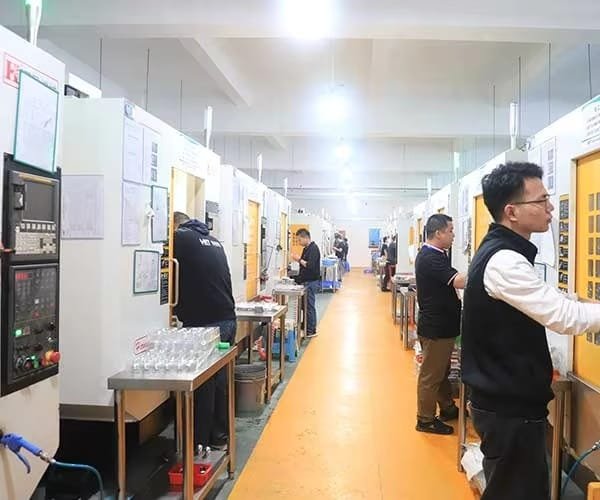Riveting vs Welding: A Complete Guide to Choosing the Right Metal Joining Method
Riveting and welding has its own unique characteristics and they are all applicable in different applications. Riveting is well-suited to fatigue-sensitive use, cross material assembly, and high detail repairability/high reliability applications. Welding offers enhanced structure continuity, weight and sealing capacity besides offering improved aesthetic performance and potential automation.

